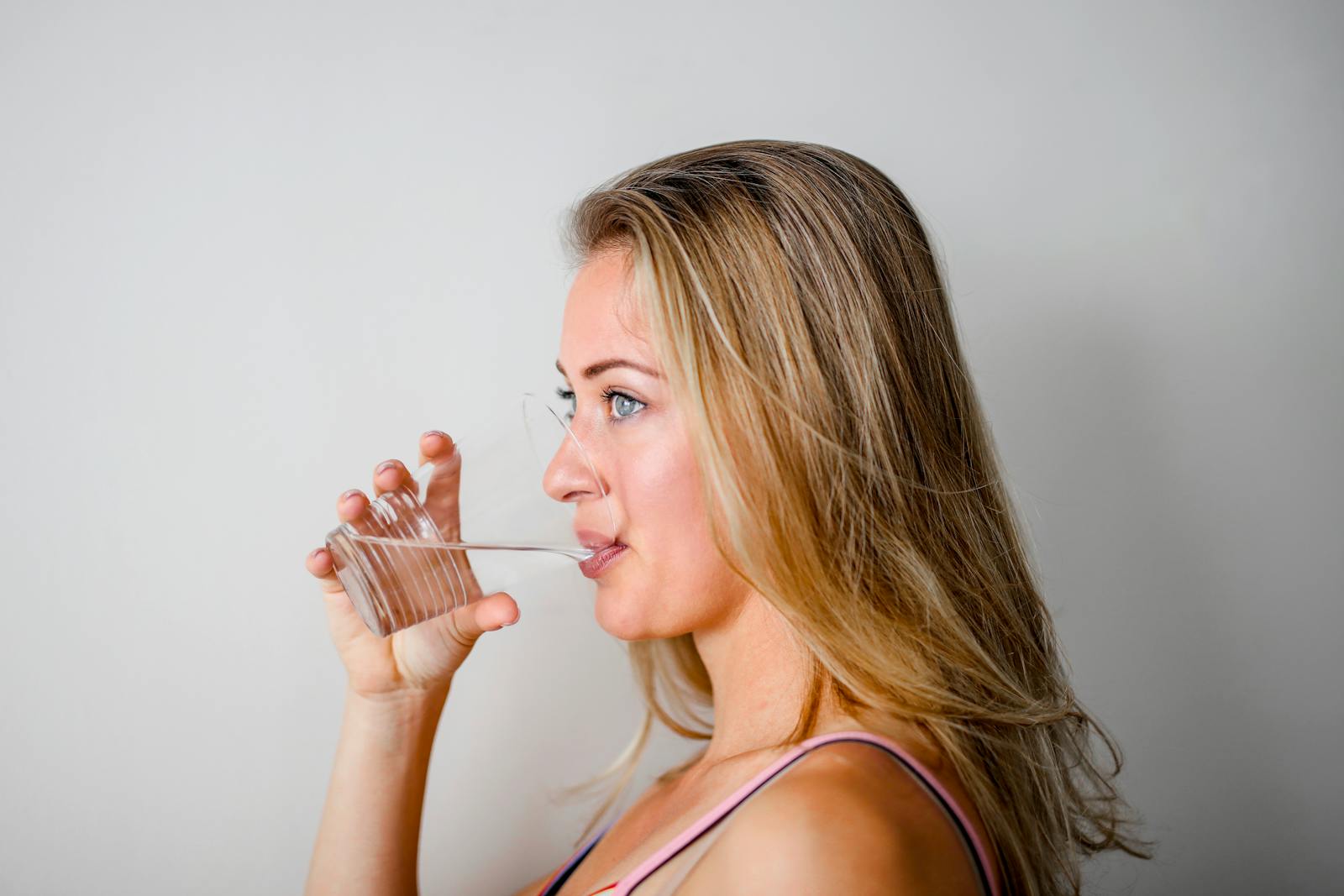Understanding the Core
Hey there! Ever wondered what to do when your water supply is contaminated during emergencies? Don’t worry; I’ve got you covered. Let’s delve into how to purify water effectively in such situations.
Clarity Through Concepts
Insight That Informs
When it comes to purifying water in emergencies, remember the rule of three: filtration, purification, and disinfection. Filtering removes large particles, purification kills bacteria and viruses, while disinfection eliminates any remaining pathogens.
Breakdown to Brilliance
Boiling water is a reliable method to purify it. Bring water to a rolling boil for at least one minute (or three minutes at higher altitudes), then let it cool before consuming. This simple step can kill most disease-causing organisms.
Explore, Learn, Apply
Another effective method is using household bleach. Add 8 drops (or 1/8 teaspoon) of regular unscented bleach per gallon of water. Stir and let it stand for 30 minutes. The water should have a slight bleach odor; if not, repeat the dosage and wait for an additional 15 minutes.
Unlocking Foundational Facts
An often overlooked method is using sunlight. Fill clear containers with water and place them in direct sunlight for 6 hours. The UV rays will help in disinfecting the water. This technique is especially useful when other purification methods are unavailable.
The Why Behind the What
It’s crucial to purify water during emergencies as contaminated water can lead to severe illnesses like diarrhea, cholera, and typhoid fever. By knowing how to purify water effectively, you safeguard your health and well-being.
Knowledge Summary
So, there you have it! Purifying water during emergencies doesn’t have to be complicated. Remember the key methods: boiling, using bleach, or harnessing sunlight. Stay prepared, stay safe!




